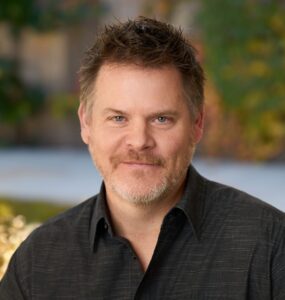If you’re considering EMDR therapy, it’s totally normal to feel unsure about what actually happens in a session. Will it be intense? Will I have to relive everything in detail? Will it be awkward?
The truth is, EMDR (Eye Movement Desensitization and Reprocessing) is structured, collaborative, and designed to help you process painful experiences at a pace that feels safe.
Let’s walk through what you can expect.
1. Building Trust First
EMDR doesn’t begin with eye movements on day one. Your therapist will spend time getting to know you, understanding your history, and explaining how EMDR works. You’ll discuss your goals for therapy and identify what’s currently causing distress.
If trauma feels overwhelming, your therapist may spend a few sessions helping you build coping tools—like grounding techniques, breathwork, or visualization—so you’re better prepared once the EMDR work begins.
2. Identifying the Target Memory
Once you’re ready, you and your therapist will choose a memory or event to focus on. This might be something from childhood, a recent experience, or a recurring theme in your life.
Together, you’ll explore:
- What image or moment from that memory stands out most
- What negative belief you hold about yourself because of it (e.g., “I’m not safe” or “I’m not good enough”)
- How it makes you feel in your body
You’ll also name a positive belief you’d like to believe instead—something like “I did the best I could” or “I am strong.”
3. Bilateral Stimulation (The Eye Movements)
This is the part EMDR is known for. Your therapist will guide you through short sets of bilateral stimulation, which usually involves:
- Moving their hand back and forth as you follow with your eyes
- Or tapping gently on your hands or using tactile buzzers that alternate sides
During this, your mind may begin to wander through memories, emotions, or body sensations. You don’t have to talk through it all—just notice what comes up.
After each set, your therapist will ask, “What are you noticing now?” and help you track your experience.
4. Letting the Brain Reprocess
EMDR works by helping your brain “unstick” painful memories and reprocess them in a healthier way. You’re not re-living the trauma—you’re reprocessing it while staying grounded in the present.
It’s a bit like your brain is doing its own emotional filing system, making new connections and letting go of outdated, painful beliefs.
As you go through this, the emotional charge connected to the memory tends to decrease, and the positive belief you chose becomes stronger and more believable.
5. Closing & Grounding
Each EMDR session ends with grounding. You won’t be left raw or overwhelmed. Your therapist will guide you through calming exercises and check in on how you’re feeling.
If a session ends before the memory is fully reprocessed, your therapist will help you contain it so you can return to it safely next time.
6. What You Might Feel Afterward
After a session, you might feel lighter or more tired than usual. Some clients notice dreams, realizations, or new emotions surface between sessions. This is all part of your brain continuing to process.
It’s important to take care of yourself after EMDR—drink water, get good sleep, and jot down anything that comes up.
EMDR Is Collaborative & Empowering
You are in control the entire time. You can pause at any moment, change the pace, or bring up concerns. The goal isn’t to “dive in” fast—it’s to move at a speed that supports your healing.
Ready to Try EMDR? We’re Here to Help
If you’re curious about EMDR but still unsure, that’s completely okay. At California Integrative Therapy, our experienced clinicians are here to guide you through it step by step, in a way that feels supportive and safe. Fill out the form below today for a free consultation.










